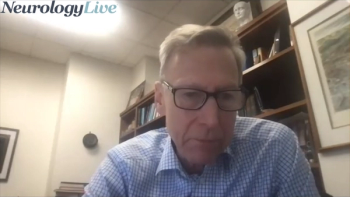
The director of the Comprehensive Epilepsy Center at NYU Langone discussed the critical findings on how heart rate variability may stratify individual SUDEP risk. [WATCH TIME: 4 minutes]

The director of the Comprehensive Epilepsy Center at NYU Langone discussed the critical findings on how heart rate variability may stratify individual SUDEP risk. [WATCH TIME: 4 minutes]

Here's what is coming soon to NeurologyLive.
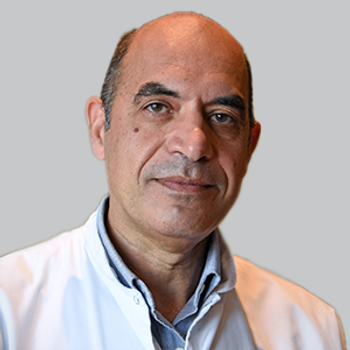
Despite being discontinued early, patients in the high-dose group of the PLEO-CMT trial experienced statistically significant improvement in Overall Neuropathy Limitations Scale total score.

A stronger association between the 2 conditions was seen in younger patients and men with epilepsy than their counterparts in the matched cohort of more than 9000 individuals.
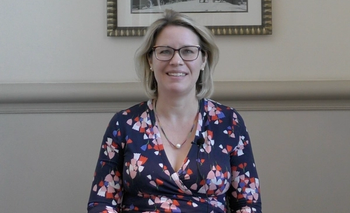
The associate professor of Physical Medicine & Rehabilitation and nonclinical research psychologist at University of Michigan Medicine discussed the complexities of fatigue as a symptom following her presentation at CMCS 2021.
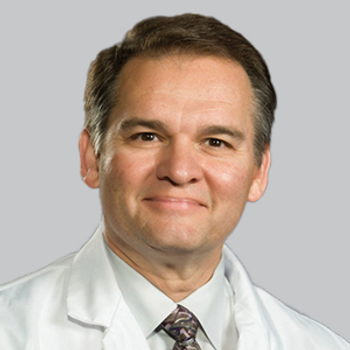
A presentation at CTAD 2021 included data from 5 patients enrolled in a phase 2a trial to evaluate neurocognitive, imaging, and safety outcomes of the therapeutic approach in early AD dementia.

Even after adjusting to traditional stroke risk factors, the associations between clonal hematopoiesis and all stroke types, ischemic stroke, and hemorrhagic stroke remained significant.
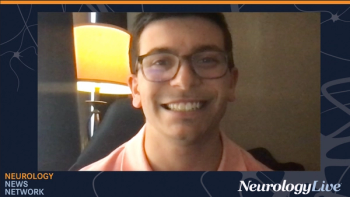
Neurology News Network for the week ending November 13, 2021.

Findings presented at CTAD 2021 included data from surveyed participants with dementia and healthy volunteers about starting in-person or remote research.

Having previously served as head of the organization during the Obama administration, Califf will replace current Acting Commissioner Janet Woodcock, MD.

Take 5 minutes to catch up on NeurologyLive's highlights from the week ending November 12, 2021.
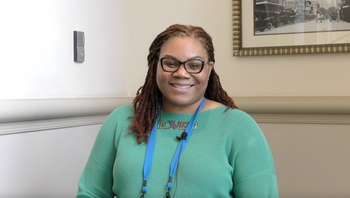
The founder and CEO of Joi Wellness Group Multiple Sclerosis Center described motivations behind the evaluation of ocrelizumab (Ocrevus; Genentech) in minority populations with multiple sclerosis.

The new registry will collect routine clinical practice data from the care of patients with Alzheimer disease who are taking an FDA-approved disease-modifying therapy.
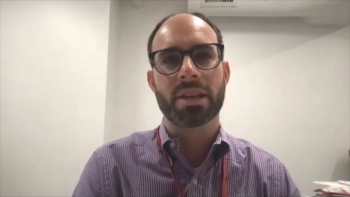
The assistant professor of neurology at Weill Cornell Medicine discussed the results of the NAVIGATE-ESUS trial and whether stroke experts should change how they use anticoagulants.

Despite the cohort only consisting of 3 patients with Alzheimer disease, autologous cellular therapy data highlighted the potential of the treatment’s results on cognitive assessments such as Montreal Cognitive Assessment.

The data, which suggest that a lessened decline in cognition and function was correlated with a reduction in plasma p-tau181 levels in those with Alzheimer disease treated with aducanumab (Aduhelm; Biogen), were presented at CTAD 2021.

Those who received an infusion of ABBV-951, consisting of foslevodopa/foscarbidopa, showed statistically significant increases in hours of ON time without troublesome dyskinesia compared with oral levodopa/carbidopa.
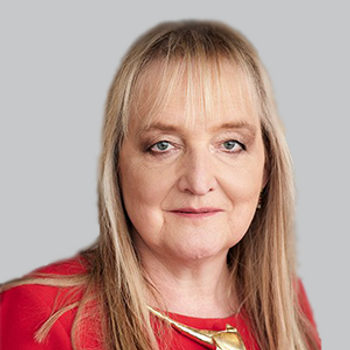
Study of semorinemab in a larger mITT population confirmed statistically significant reduction in rate of cognitive decline in patients with Alzheimer disease, compared with placebo, but failed to achieve other end points.

Outlining the development of the CHIMES trial in multiple sclerosis, the founder and CEO of Joi Life Wellness Group Multiple Sclerosis Center spoke on tactics to get underrepresented populations involved. [WATCH TIME: 2 minutes]

Twelve months after subthalamic deep brain stimulation, patients with and without RBD had MDS-UPDRS IV score decrease, MDS-UPDRS III MedOff decrease, and total LEDD decrease, with no between group difference.
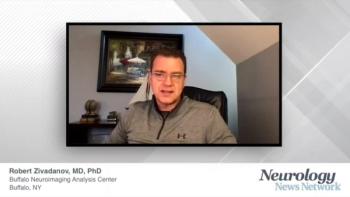
A multiple sclerosis expert gives insight on which types of investigational agents may be able to repair neurodegeneration lost from disease progression.
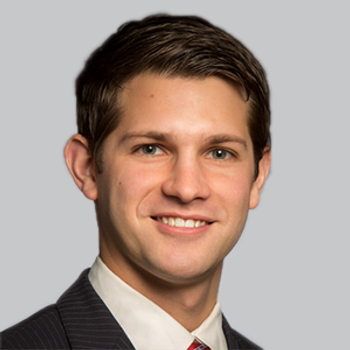
After Amylyx submitted an NDA for the combination therapy, Justin Klee and Josh Cohen, the cofounders and co-chief operating officers of the company, shared their perspectives.

In the final 3 months of treatment in the first head-to-head study of these agents, 55.4% of those on erenumab achieved at least 50% reduction in monthly migraine days compared with 31.2% on topiramate.

The trial is anticipated to enroll 300 patients with amyotrophic lateral sclerosis in Europe to evaluate the safety and efficacy of oral edaravone.

The founder and CEO of Joi Life Wellness Group Multiple Sclerosis Center outlined the motivations behind the trial, as well as potential reasons for underrepresentation. [WATCH TIME: 2 minutes]
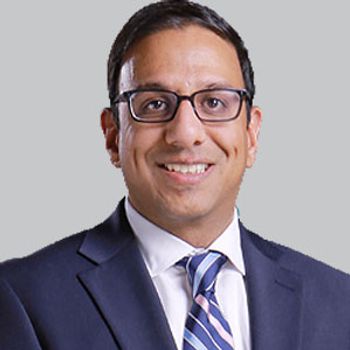
Originally approved in 1996, the therapy, indicated for the treatment of to partial-onset and tonic clonic seizures, is now available in a liquid formulation.
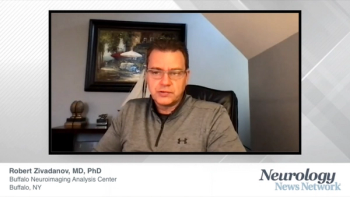
Robert Zivadinov, MD, PhD, provides thoughts on hurdles of conducting clinical trials that incorporate imaging techniques sensitive and specific to myelin for patients with multiple sclerosis.

The assistant professor of neurology at Weill Cornell Medicine provided thoughts on his exploratory analysis, which found rivaroxaban to be superior to aspirin in reducing recurrent stroke.

Data suggest the need to investigate sleep-disordered breathing even before lung function is compromised in patients with cystic fibrosis.
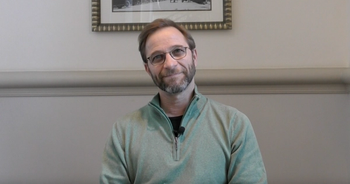
The chief of the Multiple Sclerosis Division, Perelman School of Medicine at the University of Pennsylvania emphasized current recommendations, which suggest patients with MS get vaccinated for COVID-19. [WATCH TIME: 3 minutes]